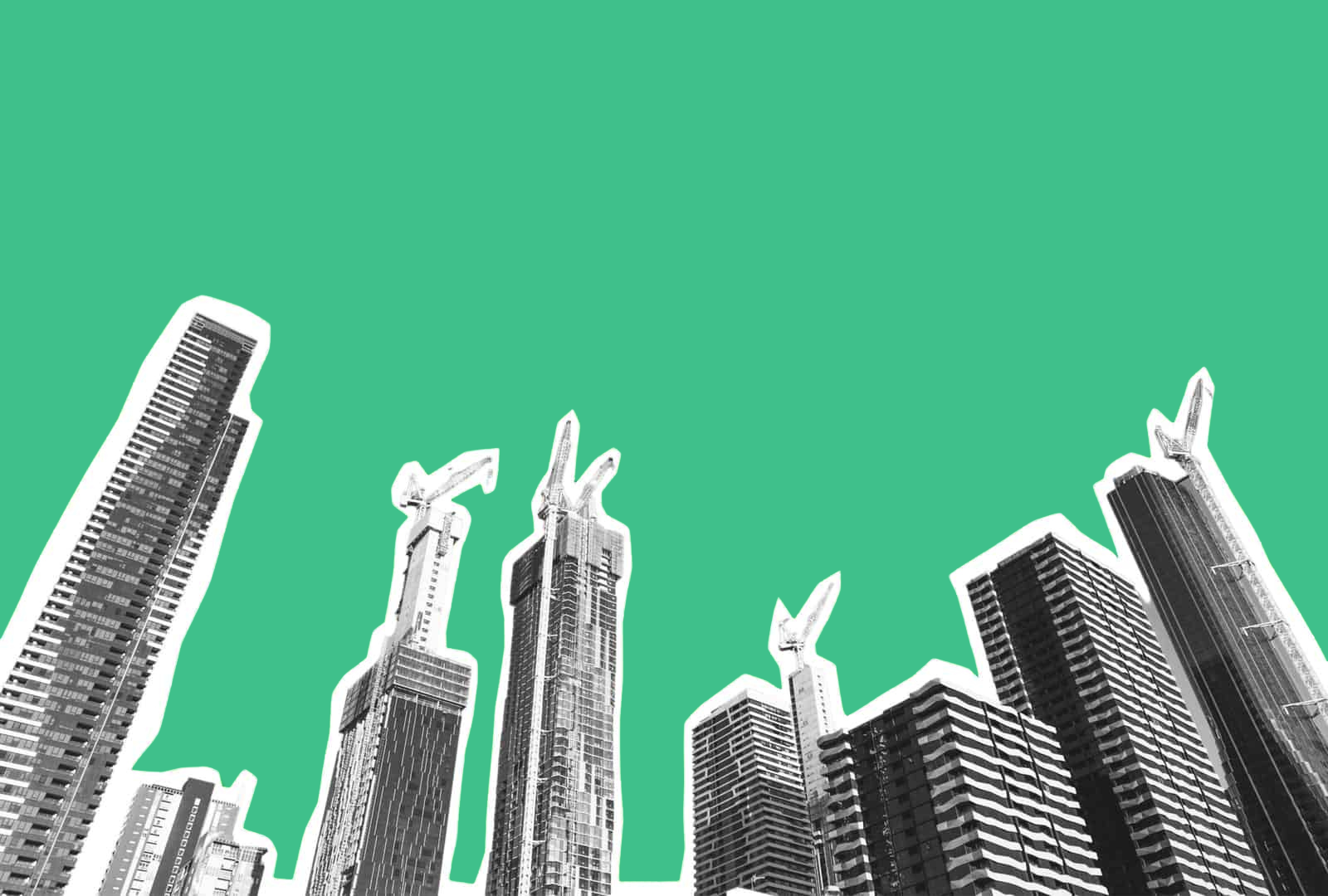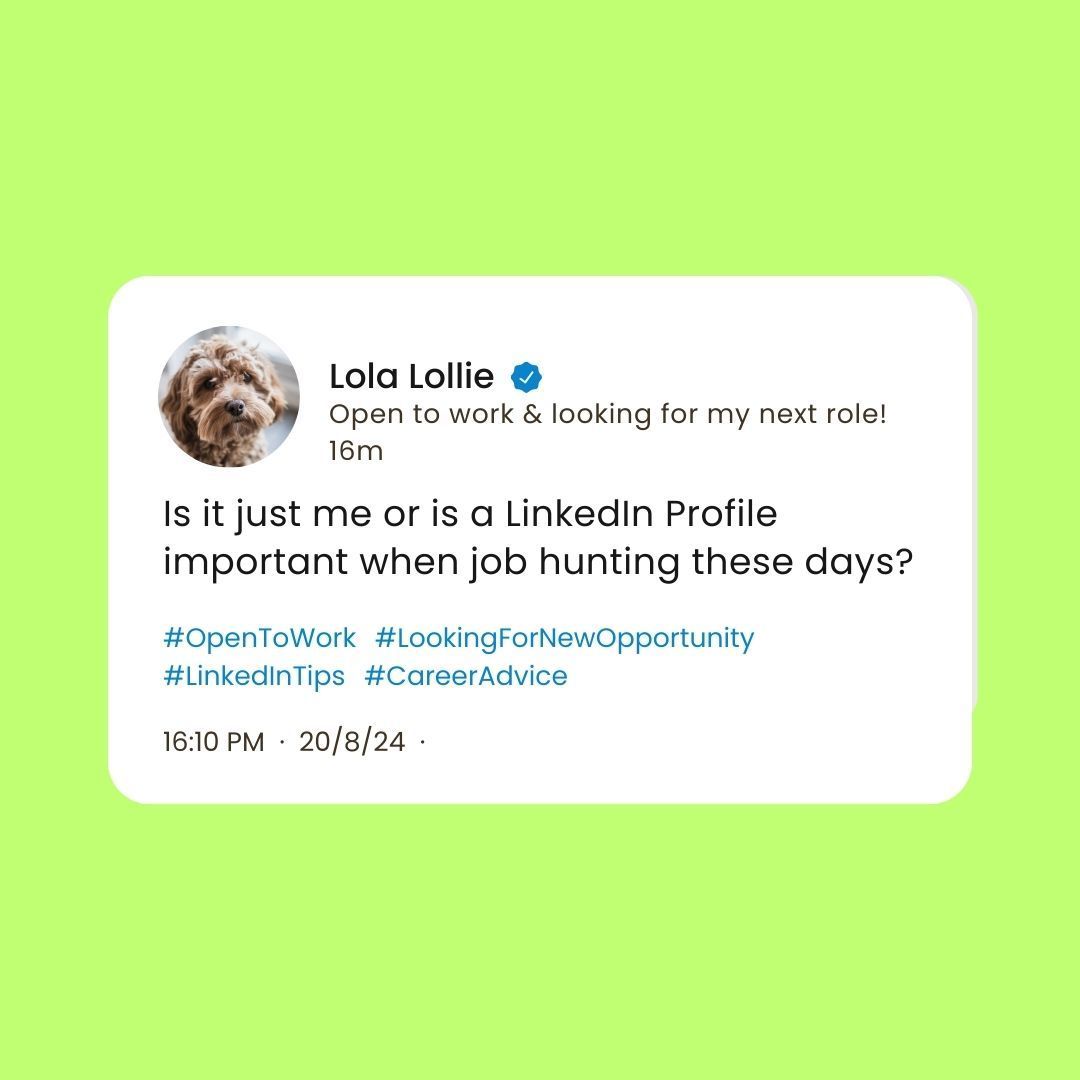Clients we’ve helped
Positions we’ve filled
Sourcr average score
Director experience
Beers drunk 🍺
We find and recruit the best talent for the Architecture, Design, Engineering, Construction
& Planning industries.
Clear and simple.
It's not rocket science. There are no bells & whistles, no fancy processes. Just hard work and incredible relationships. That's what gets the job done.
With over 26 years collective experience, we know recruitment and our industries like the back of our hands. Whether you're a business looking to level up your workforce or you're an individual looking for your next career move, we can help.
Located in Melbourne and Ballarat, we have presence across Geelong, Adelaide, Canberra, Sydney, Gold Coast and Brisbane.
Our Specialisations
With vast networks in the Engineering, Architecture, Construction, Design and Planning industries,
Vivid Recruitment are partnered with the best companies in Australia.
From multi-national engineering consultancies and architecture firms to boutiques that provide a niche offering to particular sectors.
We know who's who.
And we can help you with your Business Support too, across all functions of your business.
Architecture & Interior Design
Learn more →Urban Design & Planning
Learn more →Engineering
Learn more →Clients
Interested in how we can help you find your next superstar or introduce you to your next BD opportunity?














































































































